Buy or gift a stand-alone digital subscription and get unlimited access to dozens of back issues for just £18.99 / $18.99 a year.
Please register at www.exacteditions.com/digital/cornucopia with your subscriber account number or contact subscriptions@cornucopia.net
Buy a digital subscription Go to the Digital EditionUntil the 20th century, visitors would sail serenely into Istanbul to disembark opposite the Topkapi. After this spectacular start, reality would set in
Before the opening of Sirkeci railway station in 1889, most visitors to Istanbul arrived by sea, as they had always done. The transition from traveller to tourist can perhaps be dated to the arrival of the railways. Whatever the weather, arrival by sea was invariably a wonderful introduction. Visitors approaching across the Sea of Marmara from the Mediterranean, or down from the Black Sea and the Bosphorus, were equally enchanted, and many new arrivals wrote billowing paragraphs of romantic prose describing their feelings. Mrs Edmund (later Lady) Hornby, who arrived during the Crimean War, was no exception.
“The beautiful city with its domes and minarets and cypress groves burst upon our charmed sight… ‘A fine government might here guide or rule the world,’ is one of your first thoughts,” she wrote. “Long we stood delighted upon the deck, first turning our eyes upon beautiful Stamboul with its crowning mosque of Santa Sophia and lofty minarets. But all this must be seen to be believed in, and then you will think it a dream.”
The dream ended abruptly for Mrs Hornby and other new arrivals when she stepped ashore and saw a swath of shabby wooden houses stretching up the hillside in front of her. But this was relatively new. A quarter of a century earlier, when Charles MacFarlane landed at Tophane in 1828 on the first steamship ever to arrive in Istanbul, he found the area empty and depopulated. Some houses were marked with red signs. These were the former homes of Catholic Armenians whom the sultan had exiled to Ankara, where some of their descendants survive to this day. But from the 1830s the hillside’s population began to swell.
The immediate task facing all new arrivals was to get themselves and their baggage up Galata Hill, “the hill of the infidels”, as it was known in the 19th century. Even with the assistance of flunkies and retainers it was a painful journey. Ottoman Greeks and Armenians lived on its slopes. At the top, in Pera, or Beyoğlu, were the Europeans and their embassies. Through Pera stretched “the long road”, which would evolve into the Grand’ Rue de Pera in the last quarter of the 19th century, and then into today’s İstiklâl Caddesi.
Before the 1870s there were no proper roads, and even today going directly from the shore of the Bosphorus or the Golden Horn up to Galata involves a steep climb. The roads came with construction work begun under the Westernising, reformist Tanzimat pashas of the 1860s. Moreover, until about 1865 a further problem faced the new arrival: Galata was still a walled city. That year reformers pulled down the old Genoese walls, perhaps regrettably, but it made the journey up to Pera a lot easier.
From 1875 passengers arriving at the quayside in Tophane or Karaköy no longer faced a climb, for in January that year the Istanbul Tünel opened. It was, and is, a one-stop metro line (more accurately a subterranean funicular) taking passengers up to Galatasaray. The contract for its construction had been signed with a French engineer, Eugène Henri Gavand, by the Tanzimat pashas in their final years. But, as with almost all their projects, it took years to turn into reality. Today it seems a rather quaint affair, but it must have been a boon to people living in Beyoğlu back then…
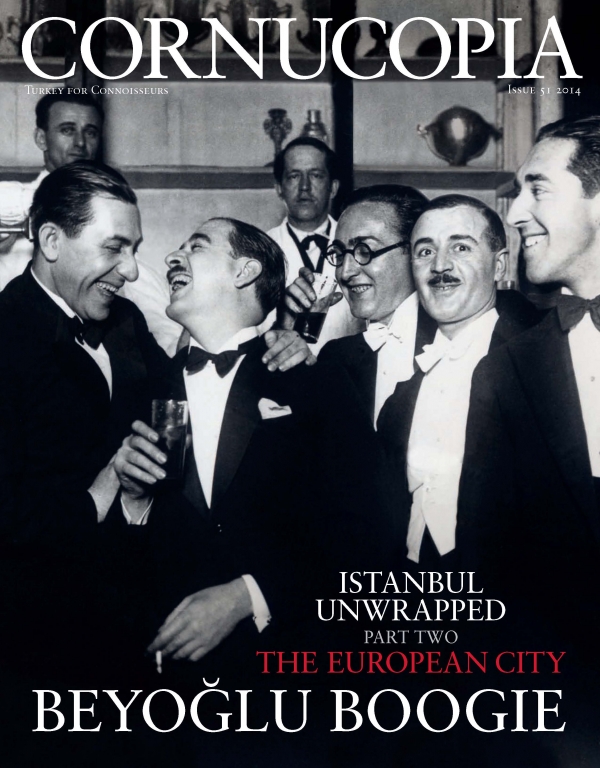 Issue 51, Summer 2014
Istanbul Unwrapped: The European City and the Sultan’s New City
Issue 51, Summer 2014
Istanbul Unwrapped: The European City and the Sultan’s New City
Black musicians, White Russian princesses, Turkish flappers… During the Jazz Age, Beyoğlu was a ferment of modernity and decadence. By Thomas Roueché
For 700 years, the European quarter was home to Genoese, Jews, Greeks and many others. Norman Stone charts the district’s changing fortunes
Maureen Freely recalls the artists and writers who enlivened her childhood with their flamboyant bravado and unspoken sadness
In the very thick of the city, with its fret and fuss, belching traffic and urban sprawl, lies a glade scented with linden blossoms. Here the young Sultan Abdülmecid built a jewel of a palace, grand but tiny, which is still a green oasis and place of escape. By Berrin Torolsan
For more than two centuries the Ottomans were obsessed by the elegance of the tulip and grew over 3,000 varieties, each characterised by almond-shaped petals drawn out into an exaggerated taper.
With its hundreds of different shapes, pasta is today one of the most widely consumed and enjoyed of all the staples
Across the Golden Horn from the Topkapı and the bazaars is the European City, where fortunes have for centuries been made and lost.
Patricia Daunt extols the palatial embassiess that adorn the heights of old Pera. Photographs by Brian McKee
As the old European quarters flourished in their seclusion, Sultan Abdülmecid had a dream – and expanded to the east
The Sakip Sabanci Museum has just celebrated 600 years of diplomatic relations between Poland and Turkey. Jason Goodwin finds deep-rooted affinities between the two countries
John Carswell introduces the mesmerising entries in this year’s Ancient and Modern Prize for original research
With 19th-century Istanbul in thrall to the music of Italy, an extraordinary theatre was born, the creation of one rather ‘odd character’. Emre Aracı tells a tale of comedy and tragedy
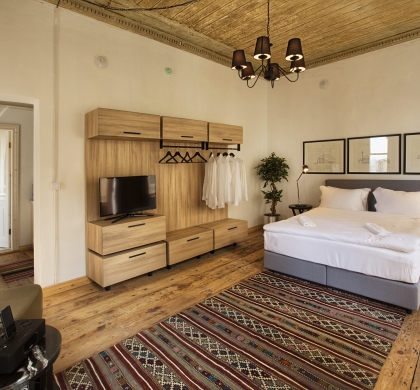
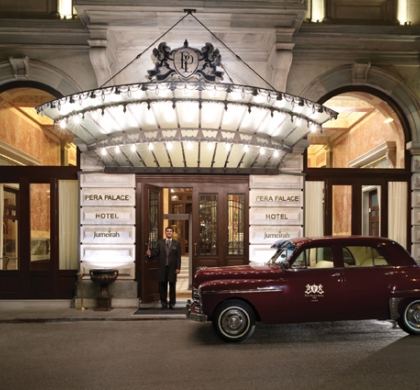
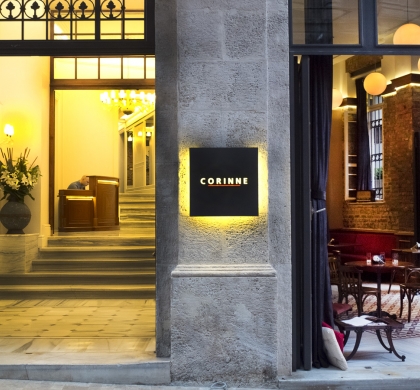
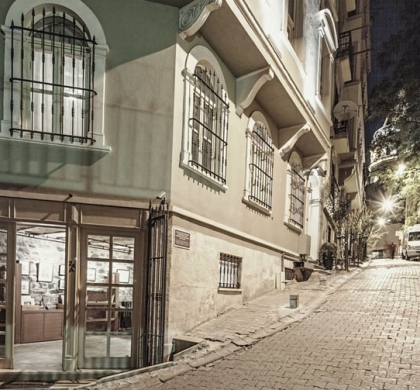
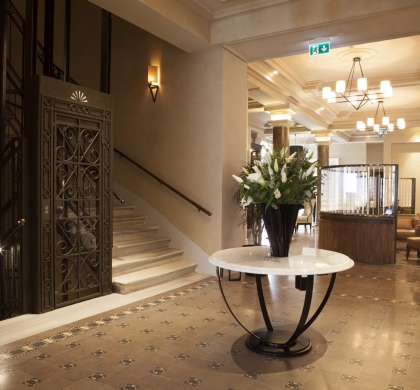
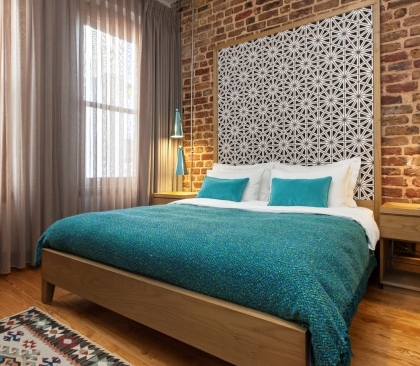
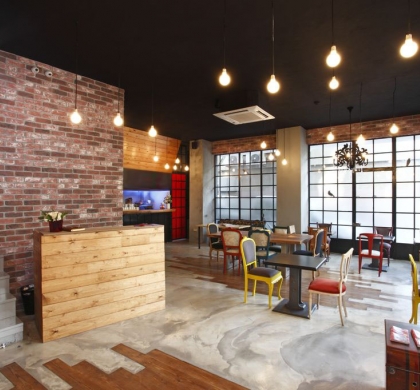

 Issue 51, Summer 2014
Istanbul Unwrapped: The European City and the Sultan’s New City
Issue 51, Summer 2014
Istanbul Unwrapped: The European City and the Sultan’s New City

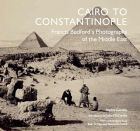
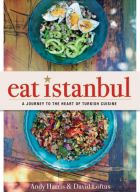
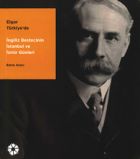
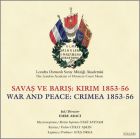
The London Academy of Ottoman Court Music, with Emre Araci

Cornucopia works in partnership with the digital publishing platform Exact Editions to offer individual and institutional subscribers unlimited access to a searchable archive of fascinating back issues and every newly published issue. The digital edition of Cornucopia is available cross-platform on web, iOS and Android and offers a comprehensive search function, allowing the title’s cultural content to be delved into at the touch of a button.
Digital Subscription: £18.99 / $18.99 (1 year)
Subscribe now